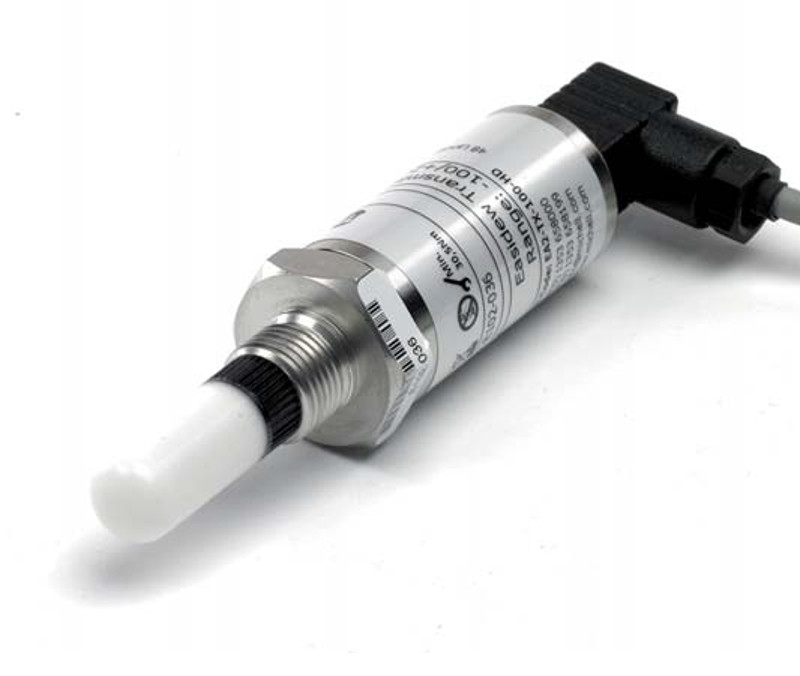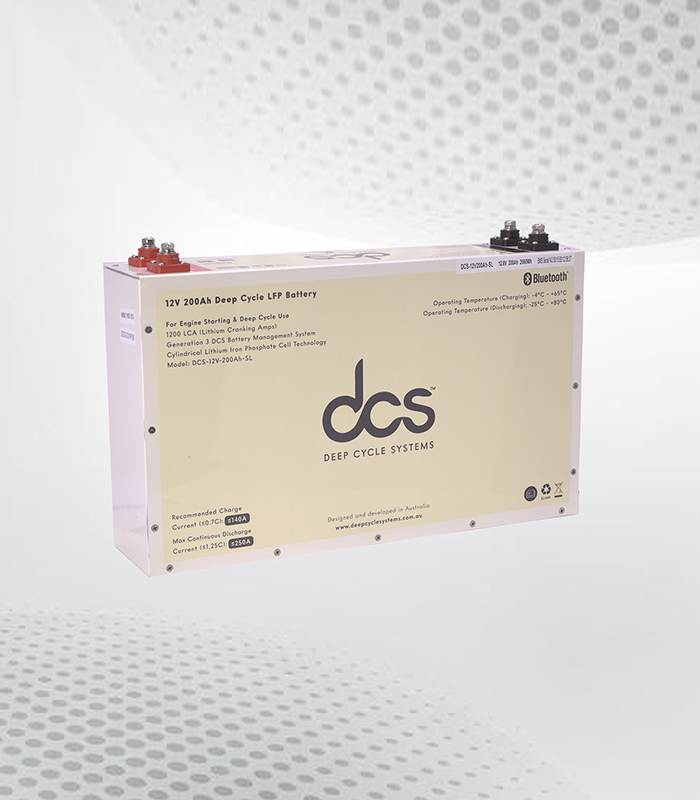Introduction
Have you ever wondered why your energy bills seem to climb steadily despite no noticeable changes in your operations? The hidden culprit might be lurking within your compressed air system: leaks. Often dubbed as “silent thieves,” these leaks quietly siphon away your energy resources, leading to unnecessary costs and inefficiencies that you may not even be aware of.
Compressed air systems are the backbone of many industries, including manufacturing, automotive, and food processing. They power essential machinery and processes. However, when leaks occur, they not only waste valuable energy but also place undue strain on your equipment, resulting in higher maintenance costs, unexpected downtime, and diminished operational efficiency. In this article, we’ll delve into the hidden costs of compressed air leaks and illustrate how PUREAIR (ASIA), leveraging advanced technologies like VP Instruments and dew point sensors, can help you address and rectify this issue.
The Financial and Environmental Impact of Compressed Air Leaks
Energy Waste
Even minor leaks in a compressed air system can have a substantial impact on energy consumption. Industry data reveals that leaks can account for 20-30% of the total compressed air production. To put it in perspective, a small leak, such as a 1/8-inch hole, can waste up to 10,000 kWh per year, depending on system pressure and operational hours. Over time, this energy loss translates into inflated energy bills that erode your profit margins. For example, a factory operating with a 100-horsepower compressor could see annual energy costs increase by thousands of dollars due to leaks.
Environmental Concerns
The environmental impact of compressed air leaks detection solutions extends beyond just financial repercussions. Increased energy consumption leads to higher carbon emissions, contributing to global warming and environmental degradation. As companies strive to meet sustainability goals and reduce their carbon footprint, addressing air leaks becomes crucial. Reducing energy waste not only supports your environmental commitments but also enhances your company’s reputation as a responsible corporate citizen.
Downtime and Maintenance Costs
Leaks in a compressed air system can also lead to higher maintenance and repair costs. When air leaks, the compressor has to work harder to maintain the desired pressure, leading to accelerated wear and tear on equipment. This results in more frequent breakdowns, unplanned maintenance, and extended downtime. A study by the U.S. Department of Energy found that businesses with significant air leaks experience up to 20% more downtime compared to those with well-maintained systems. This unplanned downtime disrupts production schedules and can lead to lost revenue.
Benefits of Detecting and Eliminating Compressed Air Leaks
Lower Energy Bills
Addressing compressed air leaks can lead to substantial savings on energy costs. Companies that regularly conduct leak detection and repair can see a reduction of 20-30% in their energy consumption. For instance, a company with an annual energy bill of $100,000 could potentially save $20,000 to $30,000 by fixing leaks. These savings can be reinvested into other areas of the business, driving further growth and efficiency.
Improved Equipment Performance
When a compressed air system operates without leaks, it functions more efficiently. Reduced air loss means that the system can maintain stable pressure levels, leading to smoother operation and less strain on equipment. This improved performance translates into fewer breakdowns, extended equipment lifespan, and lower overall maintenance costs. For example, a well-maintained system with minimal leaks can run 15-20% more efficiently, translating to better production output and reliability.
Enhanced Productivity
Fewer leaks mean fewer unplanned shutdowns and disruptions. By addressing leaks, you can ensure that your operations run smoothly, increasing overall productivity. With less downtime, your machinery operates at peak performance, leading to higher output and a more reliable production process. This can significantly boost your company’s efficiency and profitability.
Environmental Benefits
Reducing energy consumption through leak detection and repair has direct environmental benefits. By lowering the amount of energy used, you decrease your carbon emissions, contributing to a more sustainable operation. This aligns with global environmental standards and can enhance your company’s image as an environmentally responsible organization.
How PUREAIR (ASIA) Can Help You Detect and Fix Leaks
At PUREAIR (ASIA), we offer comprehensive solutions for managing compressed air systems. Our approach to leak detection and repair involves using cutting-edge technology and expertise to ensure optimal performance and cost savings.
Advanced Leak Detection Technology
We utilize VP Instruments, renowned for their precision in detecting leaks. VP Instruments offer advanced features such as flow meters and pressure sensors that can identify even the smallest leaks, often missed by manual inspections. By employing these instruments, we can provide accurate assessments and effective solutions for reducing energy loss.
Dew Point Sensors
To maintain air quality and prevent moisture-related issues, we use dew point sensors. These sensors measure the moisture content in the compressed air, which is essential for preventing corrosion and extending equipment life. High moisture levels can lead to equipment damage and reduced efficiency, making dew point monitoring a crucial component of our service.
Real-Life Case Study
Consider a large-scale manufacturing company that worked with PUREAIR (ASIA). After conducting a comprehensive audit with VP Instruments, we identified and repaired numerous leaks. As a result, the company saw a 30% reduction in their energy costs, translating into significant financial savings and increased production efficiency. This success story highlights the tangible benefits of addressing compressed air leaks with advanced technology.
Step-by-Step Guide to Detecting and Fixing Compressed Air Leaks
Step 1: Conduct a Compressed Air Audit
The first step in addressing compressed air leaks is to conduct a thorough audit of your system. This involves assessing the system’s performance, identifying potential problem areas, and estimating the energy loss due to leaks. An audit helps pinpoint where leaks are occurring and how they are affecting your overall energy consumption.
Step 2: Use VP Instruments and Dew Point Sensors
After the audit, employ advanced tools like VP Instruments and dew point sensors to detect and analyze leaks. VP Instruments offer high accuracy in leak detection, while dew point sensors ensure that air quality is maintained. These devices provide real-time data that helps in effectively addressing leaks and optimizing system performance.
Step 3: Prioritize Repairs
Once leaks are detected, prioritize repairs based on the size and impact of each leak. Address the largest leaks first, as they typically cause the most significant energy loss. However, do not overlook smaller leaks, as they can accumulate over time and contribute to overall inefficiency.
Step 4: Implement Preventative Maintenance
To prevent future leaks and ensure ongoing efficiency, establish a regular maintenance routine. This should include periodic inspections and leak detection to address any new issues promptly. Preventative maintenance helps maintain system performance and avoids the recurrence of costly leaks.
Real-Life Success Stories
Example 1: Manufacturing Company
A manufacturing plant that partnered with PUREAIR (ASIA) reduced its energy bills by 30% through a leak detection audit using VP Instruments. The repair of identified leaks led to substantial cost savings and improved productivity.
Example 2: Logistics Company
A logistics company saw a 25% improvement in overall system efficiency after using VP Instruments to identify and address inefficiencies in their compressed air system. This resulted in reduced equipment downtime and operational costs.
Example 3: Food Processing Facility
In a food processing facility, dew point sensors were installed to monitor air moisture levels. This implementation improved air quality, reduced equipment wear, and minimized costly repairs, leading to a more efficient and reliable operation.
Conclusion
Compressed air leaks, though often unnoticed, can have a profound impact on your energy bills, equipment performance, and overall operational efficiency. By addressing these leaks, you can lower your energy costs, extend equipment lifespan, and enhance productivity. PUREAIR (ASIA) offers the tools and expertise needed to identify and eliminate these hidden costs, ensuring your business operates at its best.
Ready to uncover and fix those hidden energy drains? Contact PUREAIR (ASIA) today for a comprehensive air leak detection and repair service that will transform your operations. Don’t let hidden costs continue to drain your resources—start saving now!




